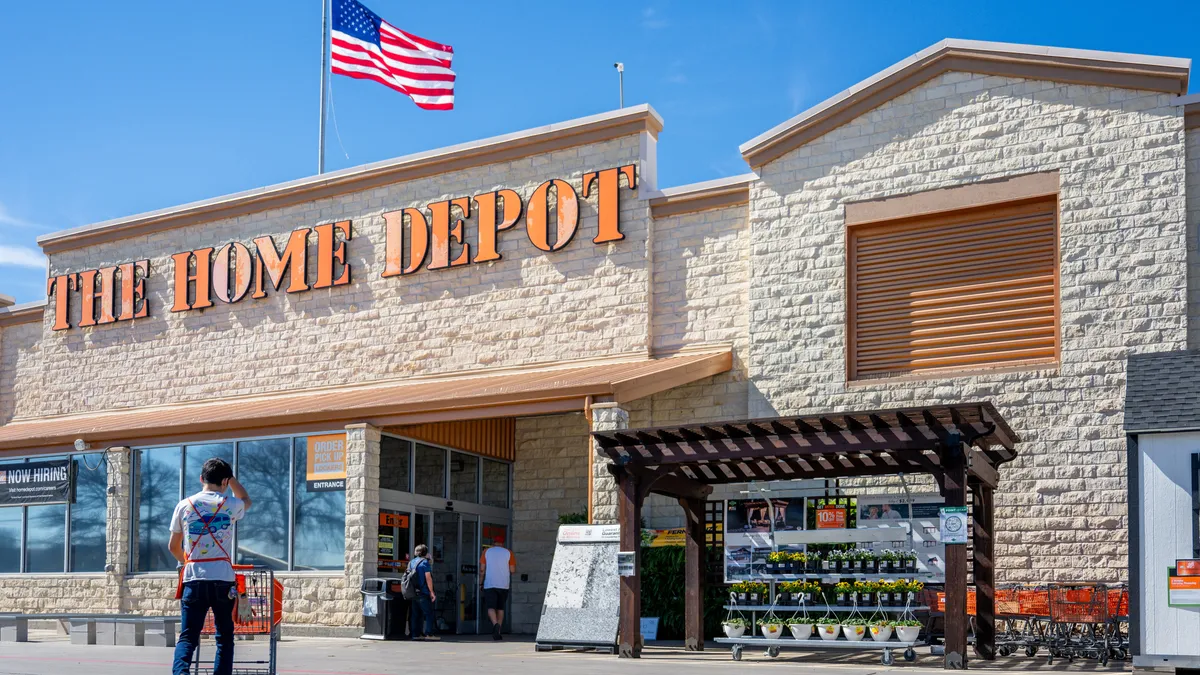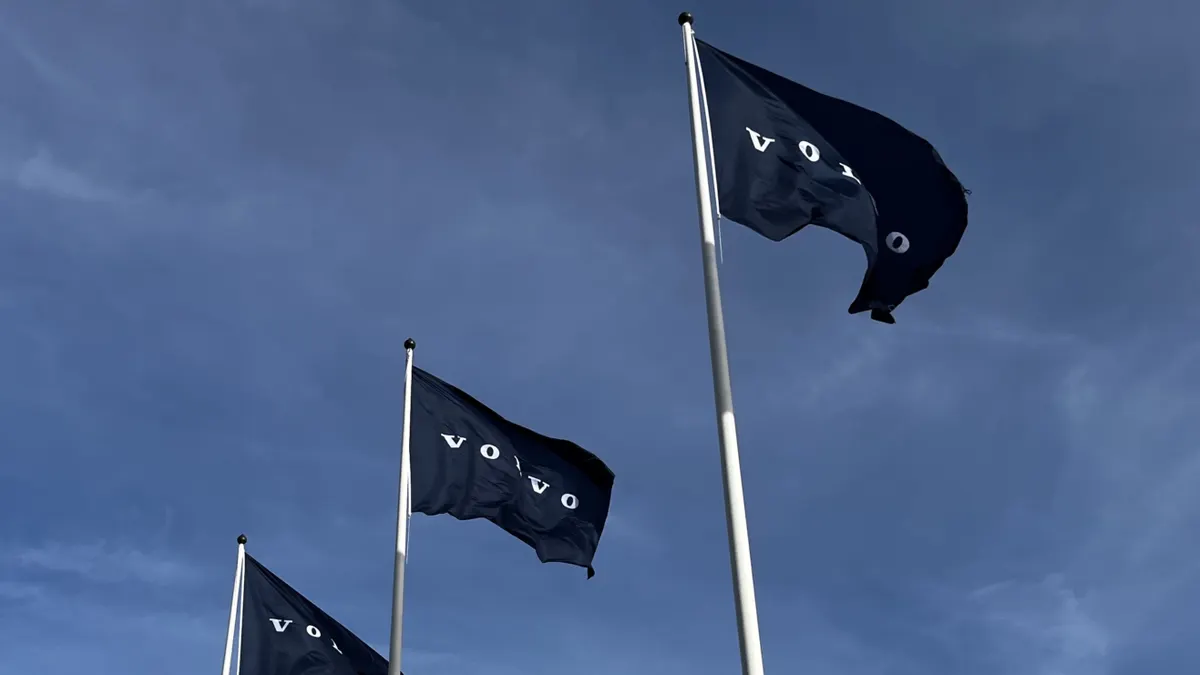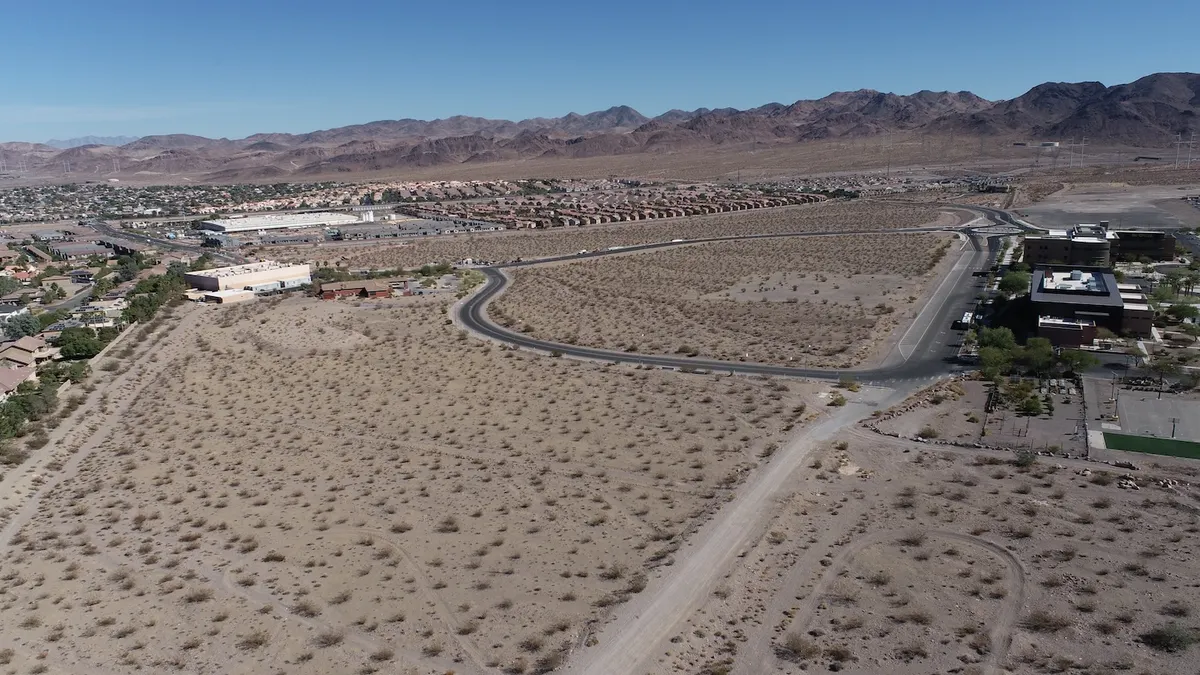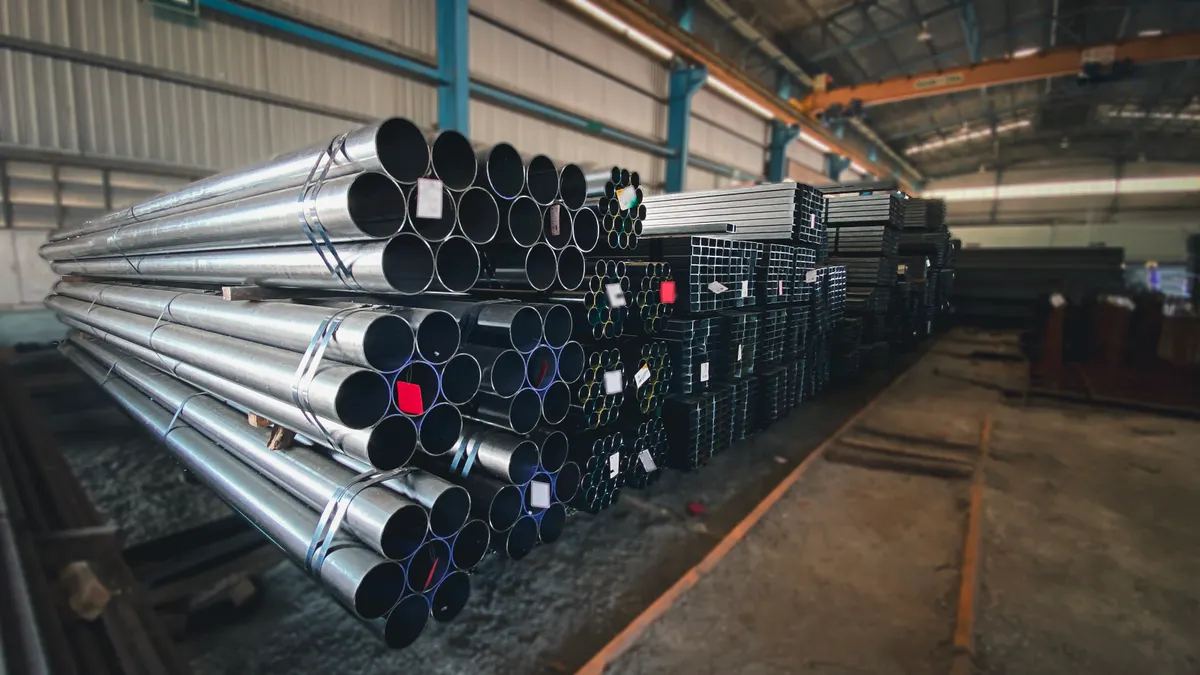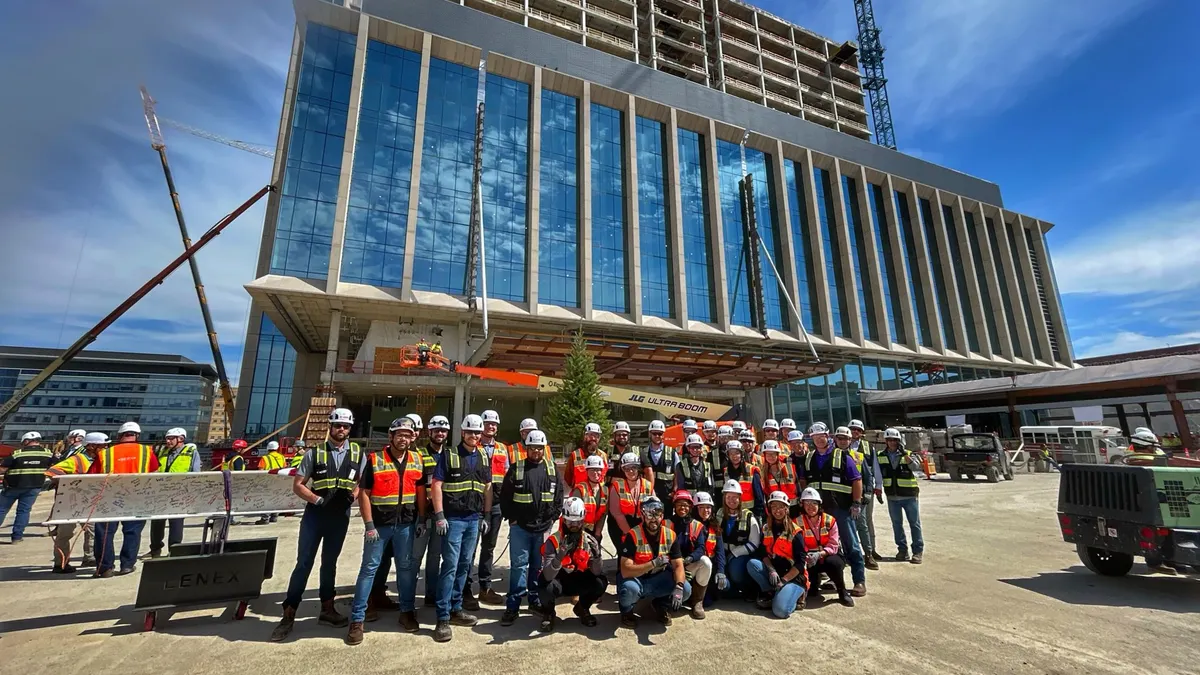Construction industry employees work hard, and the team effort it takes to bring a project to a successful close can create a bond between management and the staff. Therefore, it makes sense that owners would want to reward the workers who keep the company engine running.
Popular employer-sponsored savings and retirement programs include the 401(k), Savings Incentive Match Plans for Employees (SIMPLE), Individual Retirement Account (IRA), Simplified Employee Pension (SEP) plan, and profit sharing, to name a few. But perhaps none demonstrate a stronger commitment to employees than the Employee Stock Ownership Plan (ESOP).
How can a construction owner decide whether an ESOP is the right move for the company, and what steps are involved in establishing the arrangement?
The ins and outs of ESOPs
In the simplest terms, when a company implements a typical ESOP, the existing stockholders sell all or a portion of their shares to the program for allocation to employees. Shares are assigned based on the percentage of total payroll each employee represents.
For example, if a company has $1 million in payroll, someone who made $100,000 would be allocated 10% of the stock. If payroll increased to $2 million, at the same salary, that person's ownership would drop to 5%. The vesting period ranges from three years to five years, and when employees leave the company or retire, they must sell their shares back to the ESOP for reallocation to remaining and future employees.
Unlike, for instance, the large executive management buyout of Clark Construction in January of this year, beneficiaries of an ESOP don’t put their own money into stock purchases. "Employees don’t make cash contributions," said attorney Alton (Larry) Gwaltney III with Moore & Van Allen. "It’s their own sweat equity that pays for it. Their contribution is the work they’re doing for the company."
In addition, because the program is a qualified defined contribution plan under Internal Revenue Service regulations — and is also under Department of Labor purview — all the standard rules regarding employee benefit plans apply, so participation is not limited to just a handful of select employees.
This kind of setup can clearly represent a strong benefit for workers, but it can also lead to the question of why stockholders would give up their ownership and pass it along to employees.
A company might begin to look at an ESOP when the founder or majority owners are considering retirement "and want to reward employees and valuable people that have helped them generate growth and profitability over the years," said Duane Tolander, co-founder and managing director of consulting firm HDH Advisors. In addition, the company might have a limited potential pool of buyers, with, as it turns out, employees best suited to move the company forward.
When it comes to construction companies, Gwaltney said that owners often opt to sell to employees because they fear the new buyer — especially if it is a competitor — will shut down operations, and their employees will end up without jobs. "There seems to be loyalty to the legacy," he said.
5 steps to establish an ESOP
According to the National Center of Employee Ownership (NCEO), after owners determine that they want to sell their stock in an ESOP arrangement, the company should take certain steps:
1. Complete a feasibility study
This is a crucial step, as it will identify the types of differences in expectations that can kill the ESOP before it has a chance to begin. This study will determine whether the company has the cashflow to meet the regular contribution requirements of the ESOP and should give a general idea of the company’s worth so that the owners know what kind of offer to expect for their shares.
The feasibility study, according to Tolander, should also examine how the potential exit or reduced role of the current owners would affect the company. For example, if the person who led the company to success is the sole stockholder and wants to retire in conjunction with selling their shares, that puts into question the firm’s ability to be profitable in the future, a condition on which the ESOP relies. In addition, the contributions come out of the company’s cashflow, so this could affect the fundamentals that sureties look at when deciding the company's bonding capacity.
Other factors considered in a feasibility study are market conditions for the company's trade or industry segment, the quality of non-owner management, unfunded pension liabilities for union contractors and the ability to repay the loan for the ESOP stock purchase.
2. Perform a valuation
This is the formal valuation that will determine how much the ESOP will ultimately pay for the initial purchase of owners' stock. It’s important to note that the ESOP is an independent entity with its own accountants and legal counsel. At this point, the ESOP will already have a trustee in place, and this individual is the one who will actually hire the valuation appraiser and then make a purchase offer to the existing shareholders.
"It’s very much like the sale of a business to any buyer," said attorney Daniel L. Johnson Jr., also with Moore & Van Allen and head of the firm's employee benefits and executive compensation practice.
However, Gwaltney said that if the company hires an independent financial professional for a sort of "pre-valuation," there shouldn't be any surprises when the official appraisal comes in. "The seller has a range in mind, and the trustee has his own range that he believes (the ESOP) can pay," he said. "More likely than not, those ranges overlap."
Anyone who performs the official valuation for the trustee should not be the same person who performs a preliminary valuation, according to legal experts. In addition, an independent appraiser must perform a valuation each year.
3. Draft and submit the plan for IRS approval
According to the NCEO, a company can begin making its contributions to an ESOP during the IRS review of the application, but the plan documents should allow the flexibility to make any required changes.
4. Fund the ESOP
The trustee makes an official offer to the existing shareholders to purchase their stock, but where does the ESOP come up with what could be millions of dollars? It borrows the money, typically from the company, which has most likely taken out a loan to back the stock purchase, according to Johnson.
Like the official valuation process, the trustee will hire its own legal counsel and financial advisers to handle the process and paperwork of the sale. The structure of the loan can include a third-party lender, seller financing or a combination of both, according to Gwaltney.
5. Roll out the ESOP to employees
It’s critical that each employee understands how the ESOP works and what it means to be an employee-owner so that there aren’t any misunderstandings during the course of the program. In addition to the initial introduction, employers should periodically update employee stockholders on how the company is doing and what has either made the value of the stock go up or down in between each progress report, according to Johnson.
The best time to give employees an update, Tolander added, is upon issuance of their annual statement, which includes the current value of the retirement plan and a schedule with each employee’s current vesting status.
Additional benefits and considerations of ESOPs
Aside from the retirement benefit for employees, an ESOP can also increase company efficiency, according to Tolander. ESOP companies, he said, are typically 8% more productive than others because everybody has an interest in the company increasing its value. In addition, the structure tends to cut back on unnecessary hires because those employees would be allocated stock as well, reducing the amount of stock everyone else holds. "If you’re a manager, you’re not going to be hiring people you don’t need," Tolander said.
But like anything else, ESOPs can run into trouble. There could be a slump in business where cash runs short, not leaving enough money to pay the ESOP’s debt. Therefore, Johnson said it’s important for construction companies to remember that theirs is a cyclical business. This should be taken into consideration in the feasibility study period.
Another potential hurdle can emerge if management doesn’t plan for employee retirements and can’t meet the repurchase liability. "We see some ignore the problem until it becomes imminent," Johnson said.
If the company can’t cover the amount needed to buy back the shares of retiring employees, sometimes there is no other solution than to sell the company. The silver lining there, he said, is that the ESOP is paid off, which could be a boon for employees if the company is worth a lot of money.
An ESOP is a lot work, with many intricacies both tax and otherwise. Tolander emphasized that it’s not a good fit for every company, but for many owners, it’s a way to ensure the company culture remains intact long after their exit from the corporate world.






